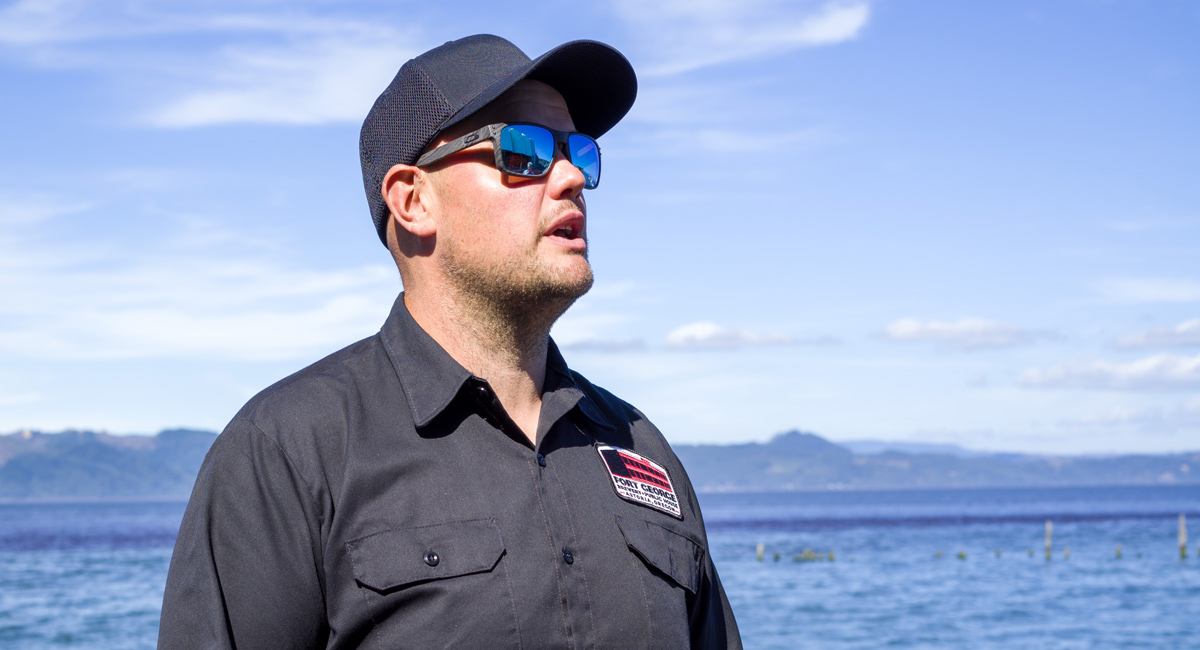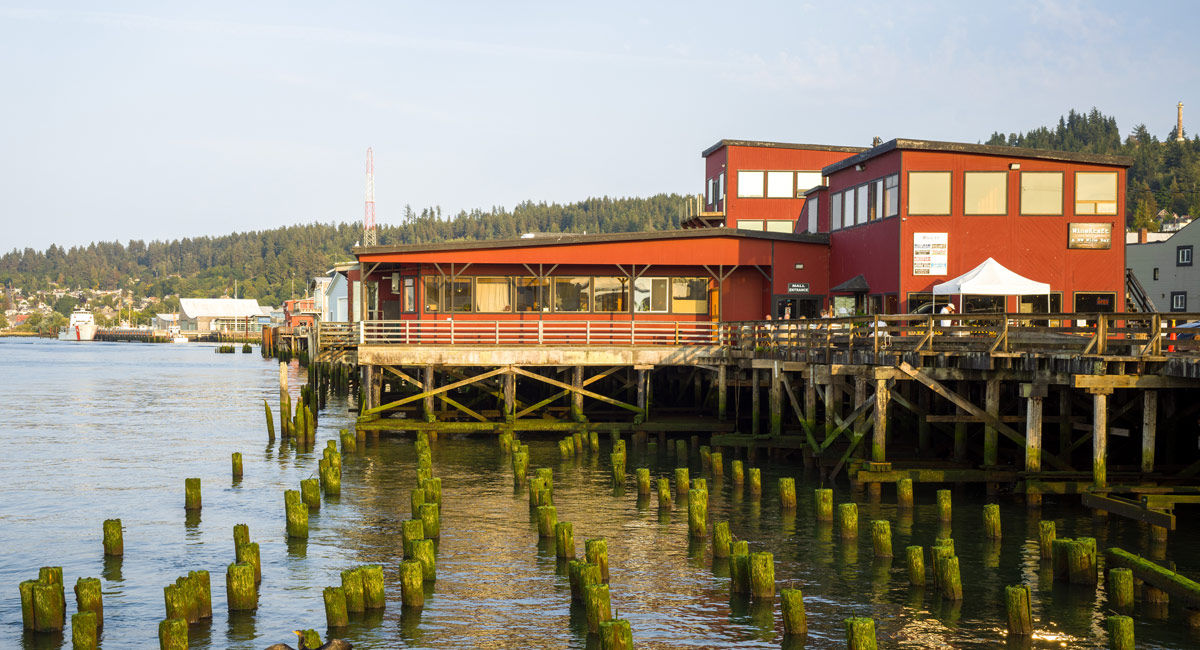
Craft3 cofounders, Mike Dickerson and John Berdes

Tiffany Turner, owner, Bowline Hotel

Bowline Hotel

Chris Nemlowill, cofounder, Fort George Brewery
“We want to be one of the best places you can get a job on the West Coast.”
Chris Nemlowill
Cofounder, Fort George Brewery

Fort George Brewery

Ilwaco, WA





